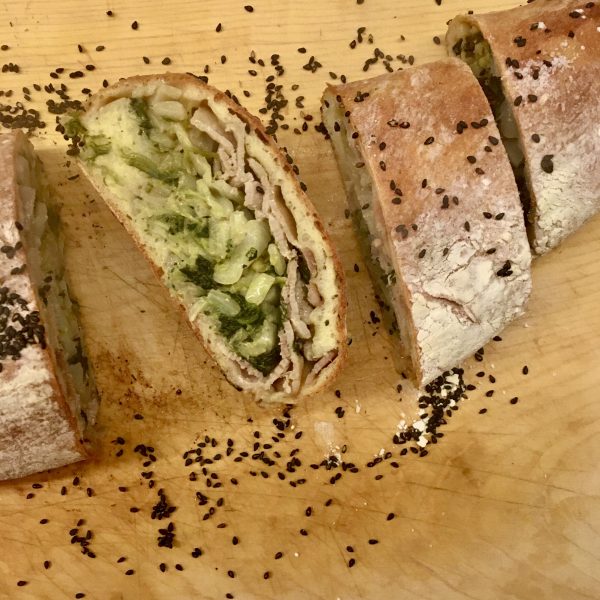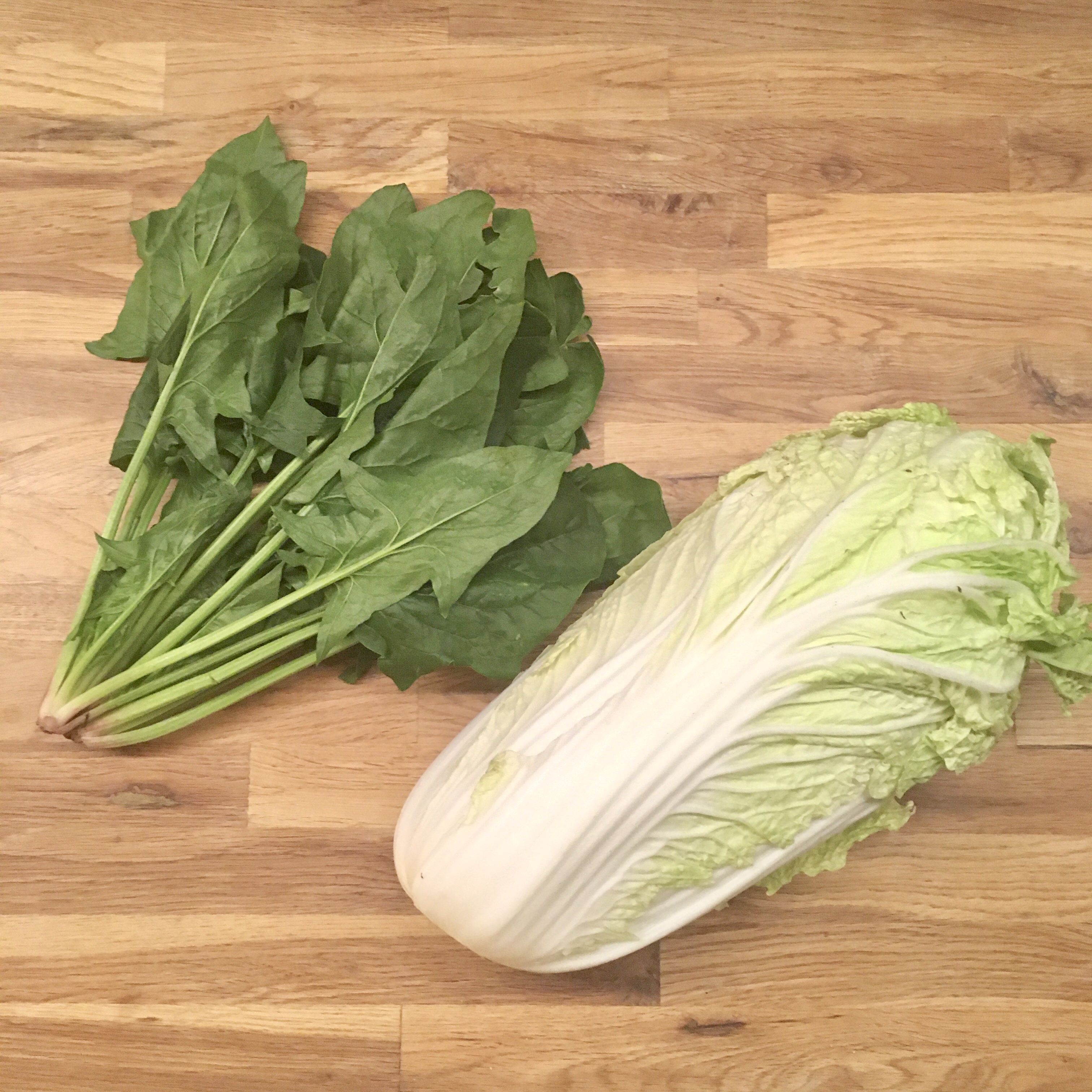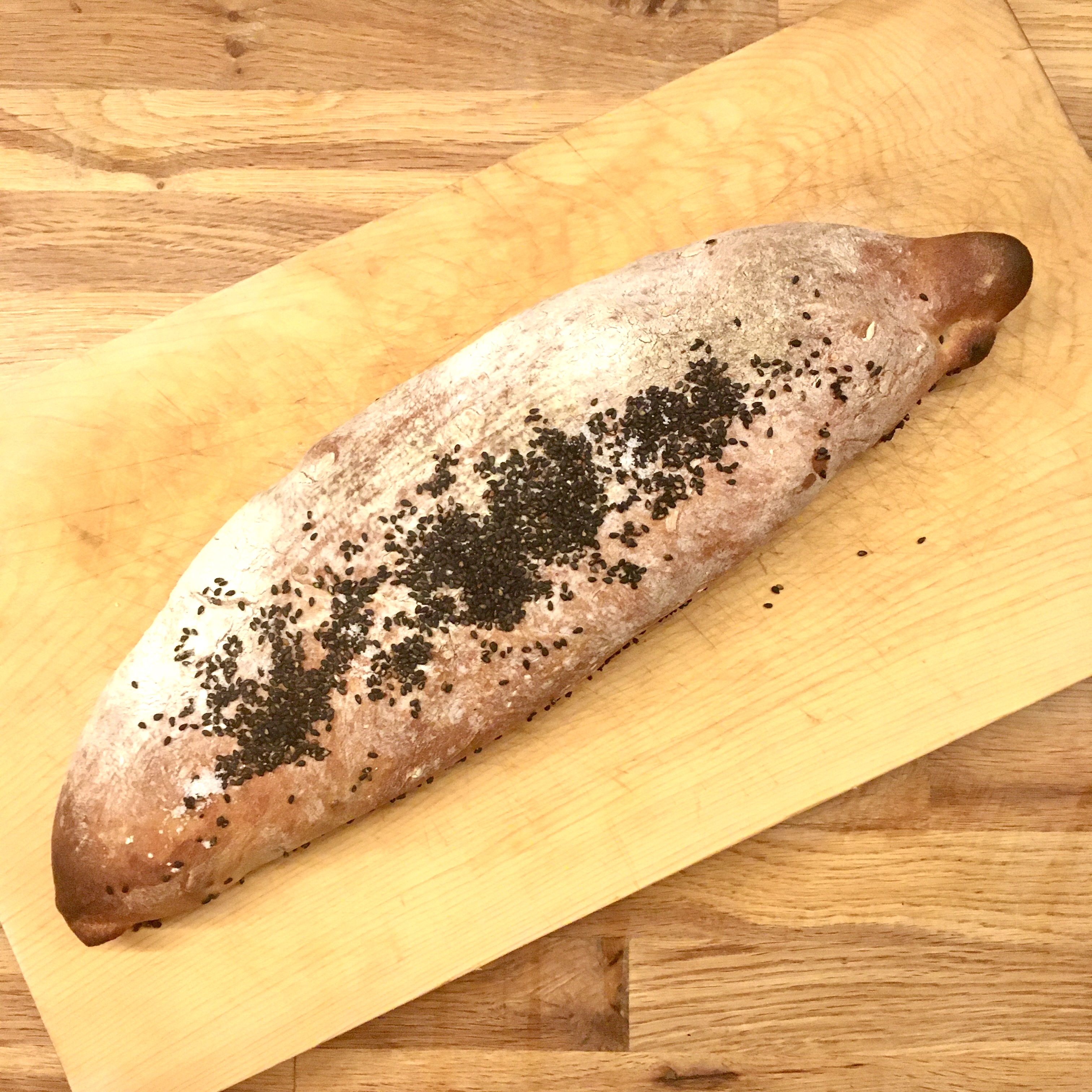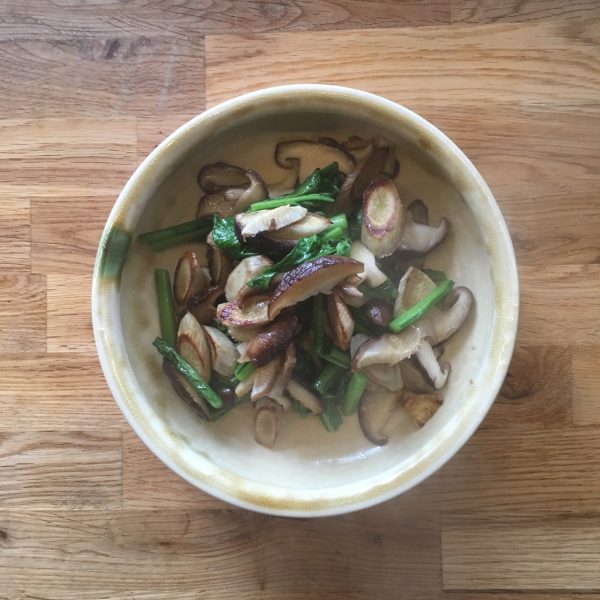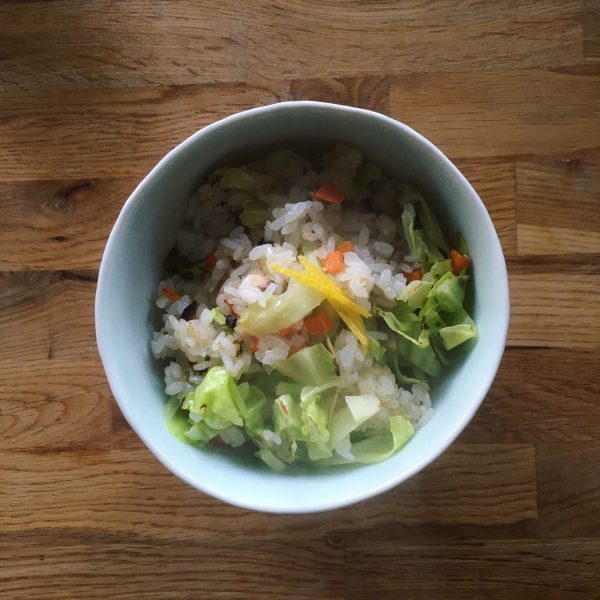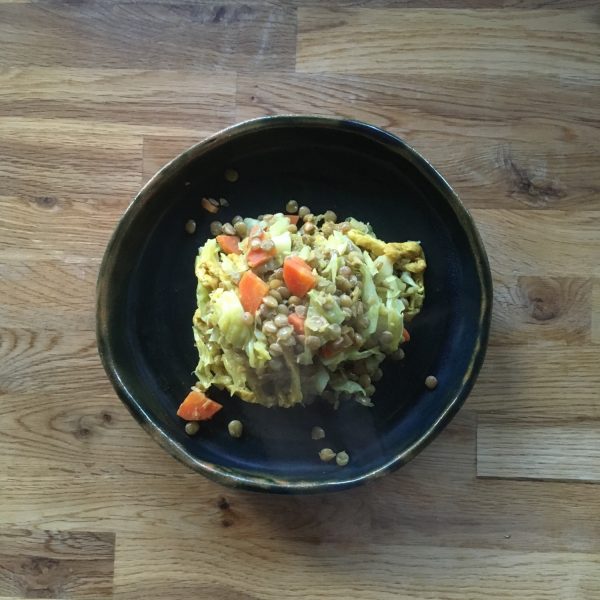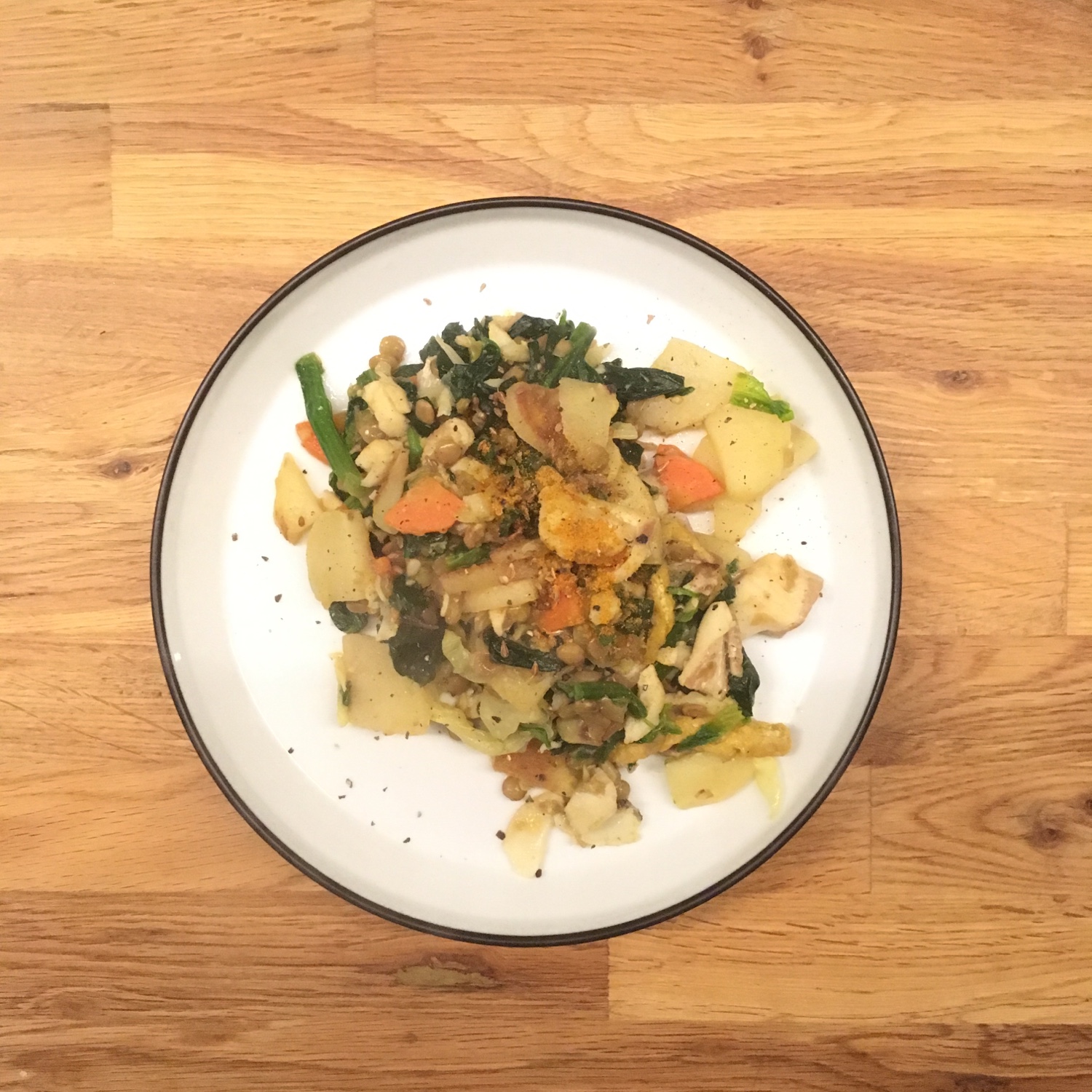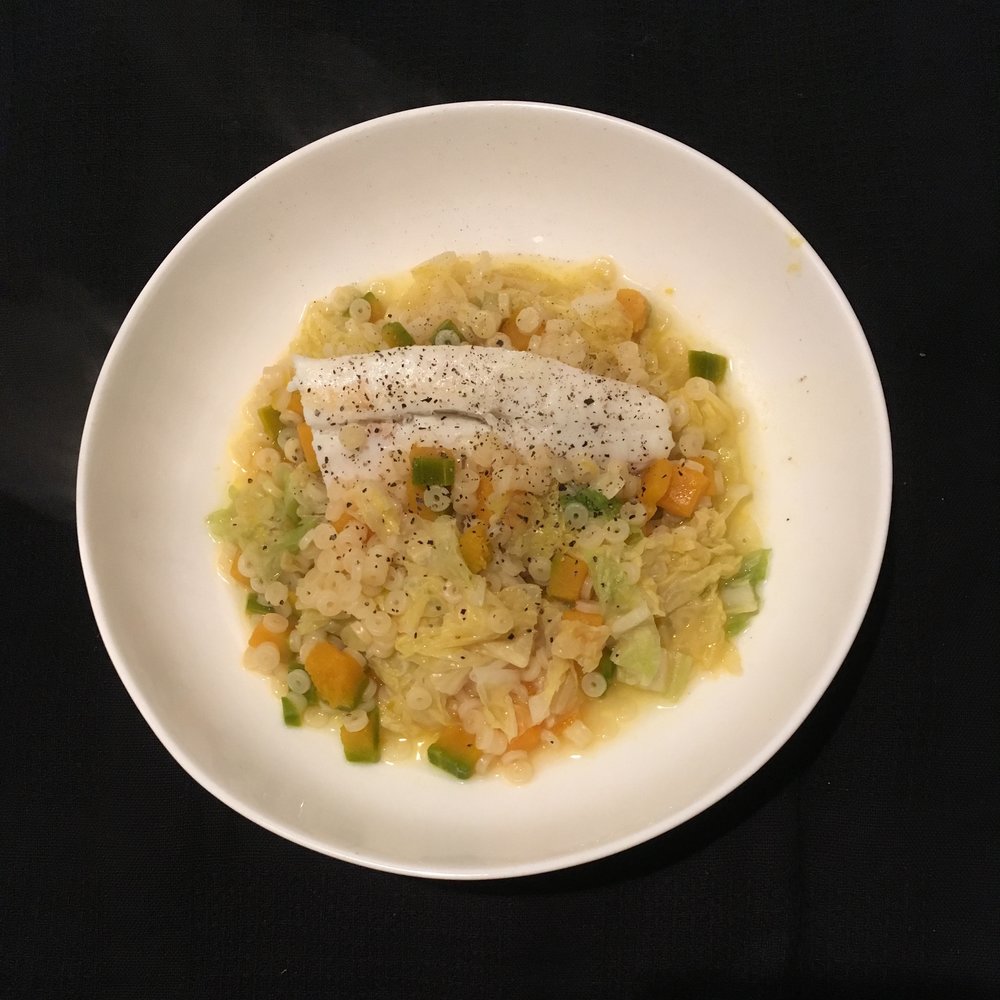While I’m hoping that the doctor will tell me I’m good to go tomorrow I’m still taking it easy, resting a lot and trying to sleep a lot. But the one thing that makes me confident that I am recovering is that now my appetite is gigantic. Indeed in the first few days when I was sick I had very little appetite and I couldn’t eat much but now I’m feeling hungry all the time. Like really all the time!!! And I have a craving for energetic food, in particular super high carb. So, I eat Christmas breads and pasta all the time. And I came up with a few new recipes that I’d like to share with you today.
One is a vegan recipe very simple and perfect if you have a very fragrant olive oil. The second one is an adaptation of the classic Japanese kabocha salad and pasta salad. A vegetarian, warm version that is becoming a new favorite.
Cabbage pasta: (2 servings)
– 1/4 of a cabbage
– 125g of pasta of you choice
– olive oil
– thyme
– salt and pepper
Steam the cabbage for a few minutes, it should stay in shape but become just a bit translucide. Boil the pasta al dente, drain.
Cut the cabbage in large slices. In a pan greased with a bit of olive oil add the cabbage, the pasta, the thyme, salt and pepper and stir well at low heat. When well stirred add a bit of olive oil and serve to eat immigration.
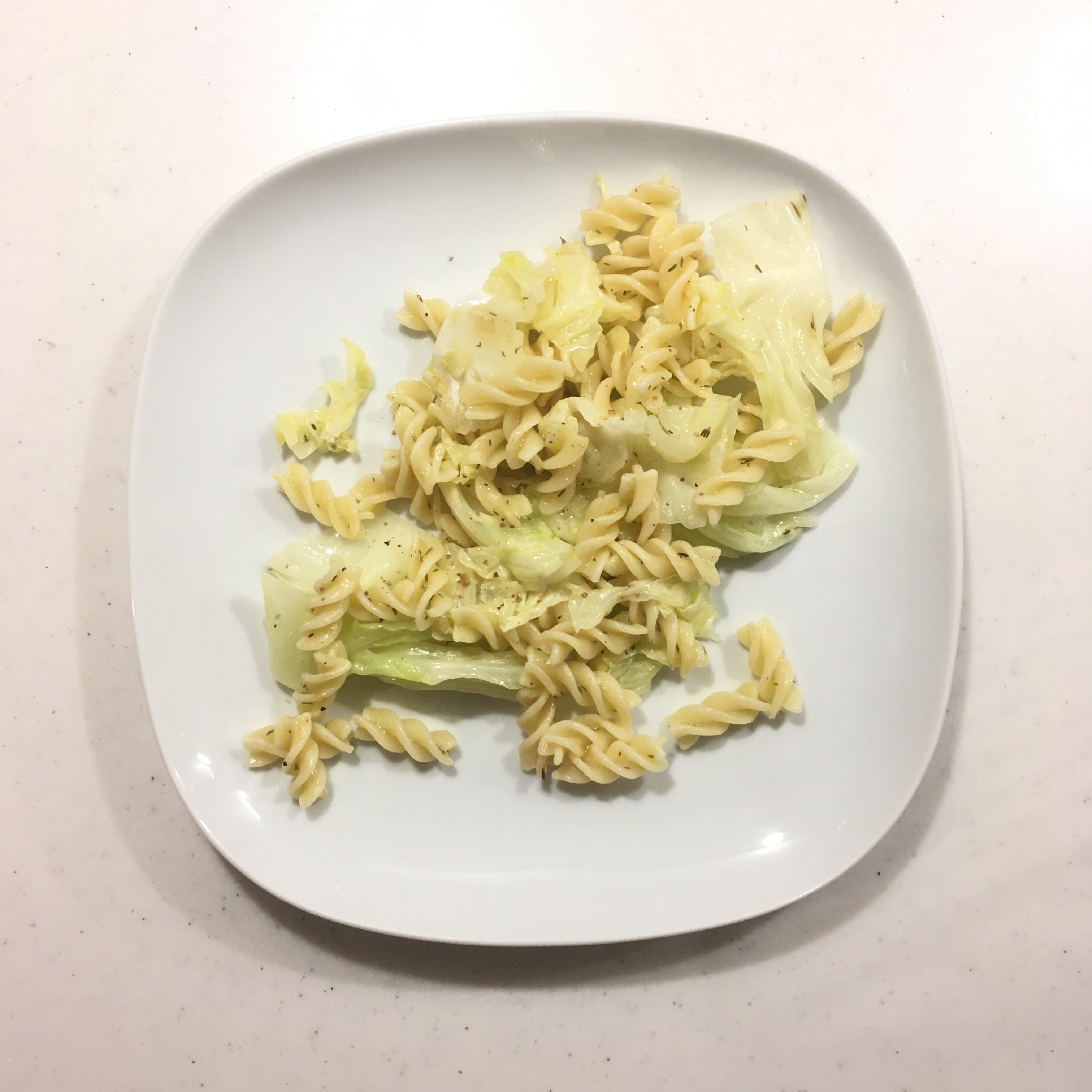
Kabocha pasta warm salad (2 servings as starter or side, 1serving as main)
– 60g of pasta
– 2 kiri (equivalent to 2 tbs of cream cheese)
– 1/6 of kabocha
– salt, pepper, paprika
– 3-4 hazelnuts and 3-4 cashew nuts
Boil the pasta and the kabocha separately. Drain. In a bowl mash the kabocha with a spatula or a fork, add the cream cheese, salt, pepper and paprika. A pinch of each. Stir until creamy, add the pasta and stir well again. Top with a few hazelnuts and cashew nuts chopped. Enjoy!

